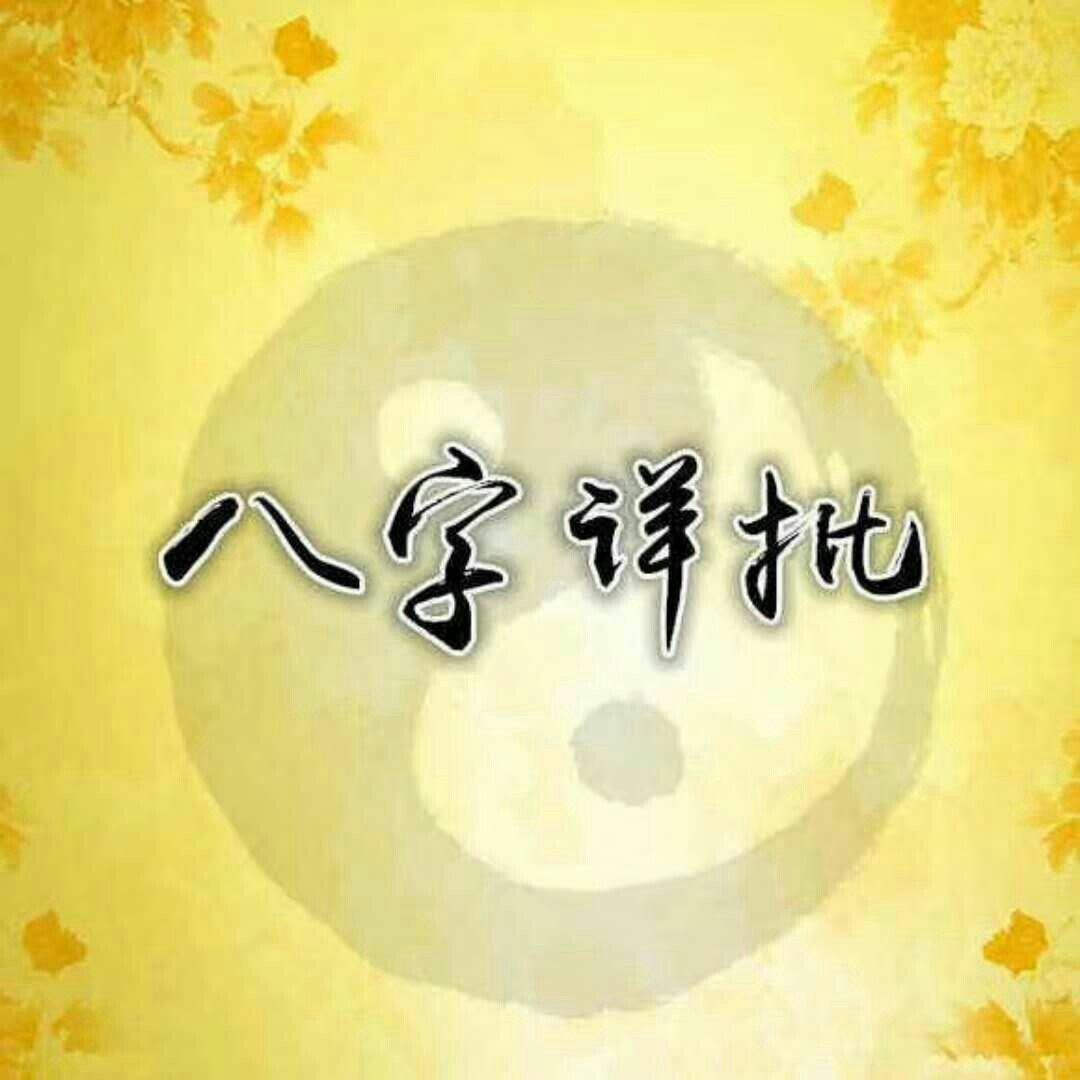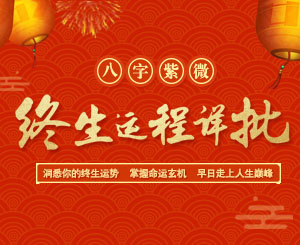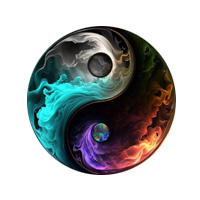White Valentine's Day Meaning & Traditions in English, Global Sweetheart Customs, March 14 Romance Guide
White Valentine's Day, celebrated annually on March 14th, serves as the reciprocal counterpart to Valentine's Day in many Asian cultures. Originating in Japan during the 1970s, this confectionery-driven holiday allows those who received gifts on February 14th to return the affection with white-themed presents. The color white symbolizes purity, sincerity, and new beginnings in Eastern traditions, making it the perfect hue for this romantic response day. Unlike its red-themed predecessor, White Valentine's Day emphasizes thoughtful reciprocation rather than initial confession, creating a beautiful cycle of romantic exchange.
The traditional Japanese origin story reveals how marshmallow manufacturers cleverly marketed this "answer day" to boost confectionery sales. According to research by cultural anthropologist Dr. Hiroshi Tanaka, the holiday gained traction through 1980s advertising campaigns featuring the phrase "Marshmallow Day." This commercial beginning evolved into a genuine cultural phenomenon across East Asia, with South Korea, Taiwan, and China adopting their own variations. The Western world has recently shown growing interest in this alternative romance celebration, particularly among millennials seeking less commercialized expressions of love.
Contemporary White Valentine's celebrations have expanded beyond the original confectionery concept to include various romantic gestures. Couples frequently exchange:
The etiquette surrounding White Valentine's Day gifts requires careful consideration of the original Valentine's present's value and sentiment. Relationship experts suggest maintaining approximate equivalence in thoughtfulness rather than monetary value. A student might reciprocate an expensive Valentine's dinner with homemade white chocolate truffles and a heartfelt poem, while professionals often match gift categories responding to jewelry with comparable accessories.
Modern interpretations have introduced gender-neutral approaches to White Valentine's traditions. Unlike the historical pattern where women typically received February gifts and men responded in March, contemporary couples frequently exchange both ways. LGBTQ+ communities have particularly embraced this balanced approach, creating new traditions like mutual white flower exchanges or collaborative cooking of white-themed meals. This evolution reflects broader societal shifts toward equitable romantic expression.
White Valentine's culinary traditions showcase remarkable regional diversity across Asia. Japanese patisseries compete to create the most exquisite white chocolate sculptures, while Korean bakeries specialize in yulmu (adzuki bean) cakes with white frosting. Taiwanese night markets overflow with white tangyuan (glutinous rice balls) during the holiday period. These edible traditions carry symbolic meanings the whiteness represents fresh starts, while circular shapes signify eternal love in many Asian cultures.

The commercial impact of White Valentine's Day continues growing exponentially. Market research from Confectionery News International shows white chocolate sales spike 300% during March in participating countries. Luxury brands now release special White Valentine's collections featuring:
Psychological studies reveal fascinating insights about White Valentine's participants. Research published in the Journal of Cross-Cultural Psychology found that couples practicing reciprocal gifting reported 23% higher relationship satisfaction than those celebrating only Valentine's Day. The delayed response period allows for more thoughtful gift selection and builds anticipation, creating a unique romantic dynamic absent from immediate exchanges.
Digital adaptations have transformed White Valentine's traditions for long-distance relationships. Virtual couples exchange:
White Valentine's Day has inspired numerous artistic expressions across media. Korean dramas frequently feature pivotal romantic scenes set on March 14th, while Japanese manga often uses white chocolate exchanges as plot devices. The 2019 film White Day: A Labyrinth Named School became a cult classic by blending romance with psychological horror elements. These creative interpretations continue shaping global perceptions of the holiday beyond its commercial origins.
Environmental consciousness has begun influencing White Valentine's practices. Eco-conscious couples now prefer:

Corporate participation has expanded beyond confectioners to include technology companies offering white device skins, automotive brands promoting white car accessories, and home goods stores curating white kitchenware collections. This commercial diversification has helped White Valentine's Day maintain relevance across demographics while preserving its core romantic essence.
Cultural critics debate whether White Valentine's Day represents romantic commercialization or meaningful tradition. Proponents argue the mandatory waiting period between February and March exchanges encourages deeper emotional consideration than impulsive Valentine's purchases. Detractors counter that creating another mandatory gifting occasion increases financial pressure on couples. Market data suggests consumers increasingly value the holiday's unique timing rather than viewing it as redundant.
White Valentine's Day has spawned various spin-off celebrations in different cultures. The Philippines observes "Sweetness Day" on September 19th, while some European countries have adopted "Reply Day" on April 14th. These variations maintain the reciprocal romance concept while adapting to local cultural contexts. The global spread demonstrates how simple romantic concepts can evolve diversely across societies.
Fashion industries have fully embraced White Valentine's aesthetics. March fashion magazines routinely feature:

Technological innovations continue reshaping White Valentine's experiences. Augmented reality greeting cards allow senders to embed personalized video messages in white chocolate QR codes. Smart jewelry can now display pulsing white LED patterns synced to a partner's heartbeat. These high-tech adaptations appeal to younger generations while preserving the holiday's traditional emotional core.
White Valentine's Day has begun influencing wedding planning trends in Asia. Many couples now choose March 14th for engagement parties or bridal showers, incorporating white chocolate fountains and pearl-themed decorations. Wedding planners report a 40% increase in white-themed March weddings compared to other spring months. This development demonstrates how commercial holidays can organically evolve into meaningful life event markers.
The holiday's future appears poised for continued global expansion. Market analysts predict White Valentine's Day will achieve mainstream recognition in Western Europe and North America within five years, though likely with local adaptations. Potential developments include pet-friendly white treat exchanges or workplace-appropriate white gift guidelines. This flexibility suggests the tradition will continue evolving while maintaining its distinctive March 14th identity.
Personally, I find the delayed reciprocity concept psychologically fascinating compared to immediate Valentine's exchanges. The mandatory reflection period creates space for more authentic emotional responses rather than obligatory same-day reactions. Watching this tradition adapt across cultures demonstrates how globalization doesn't necessarily erase local uniqueness when traditions spread. The white color symbolism offers refreshing contrast to Valentine's red commercialism while maintaining romantic sincerity.